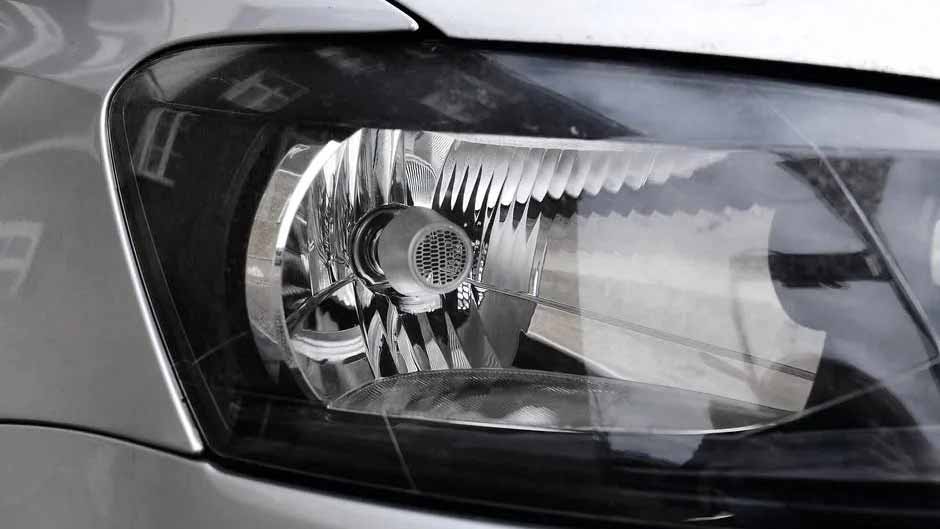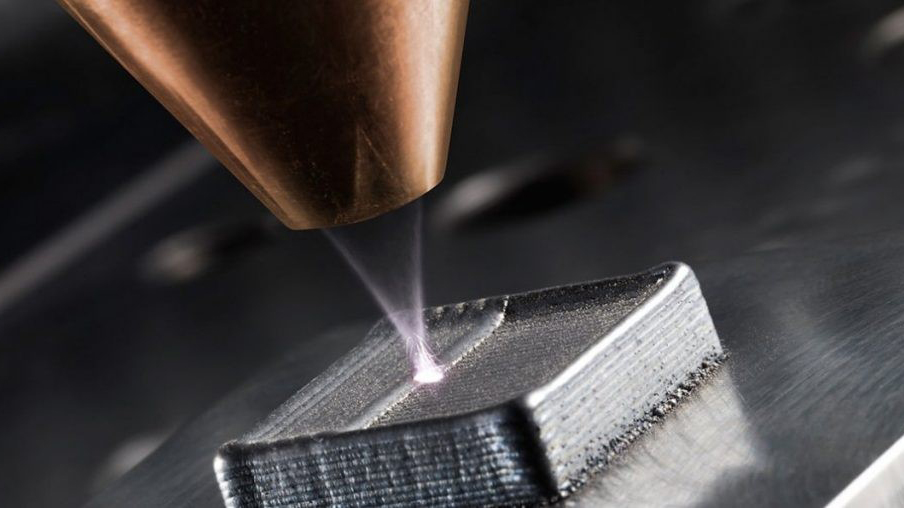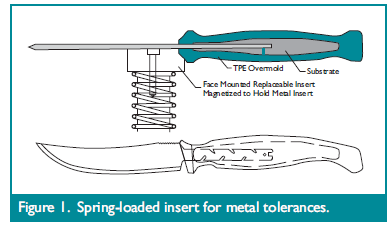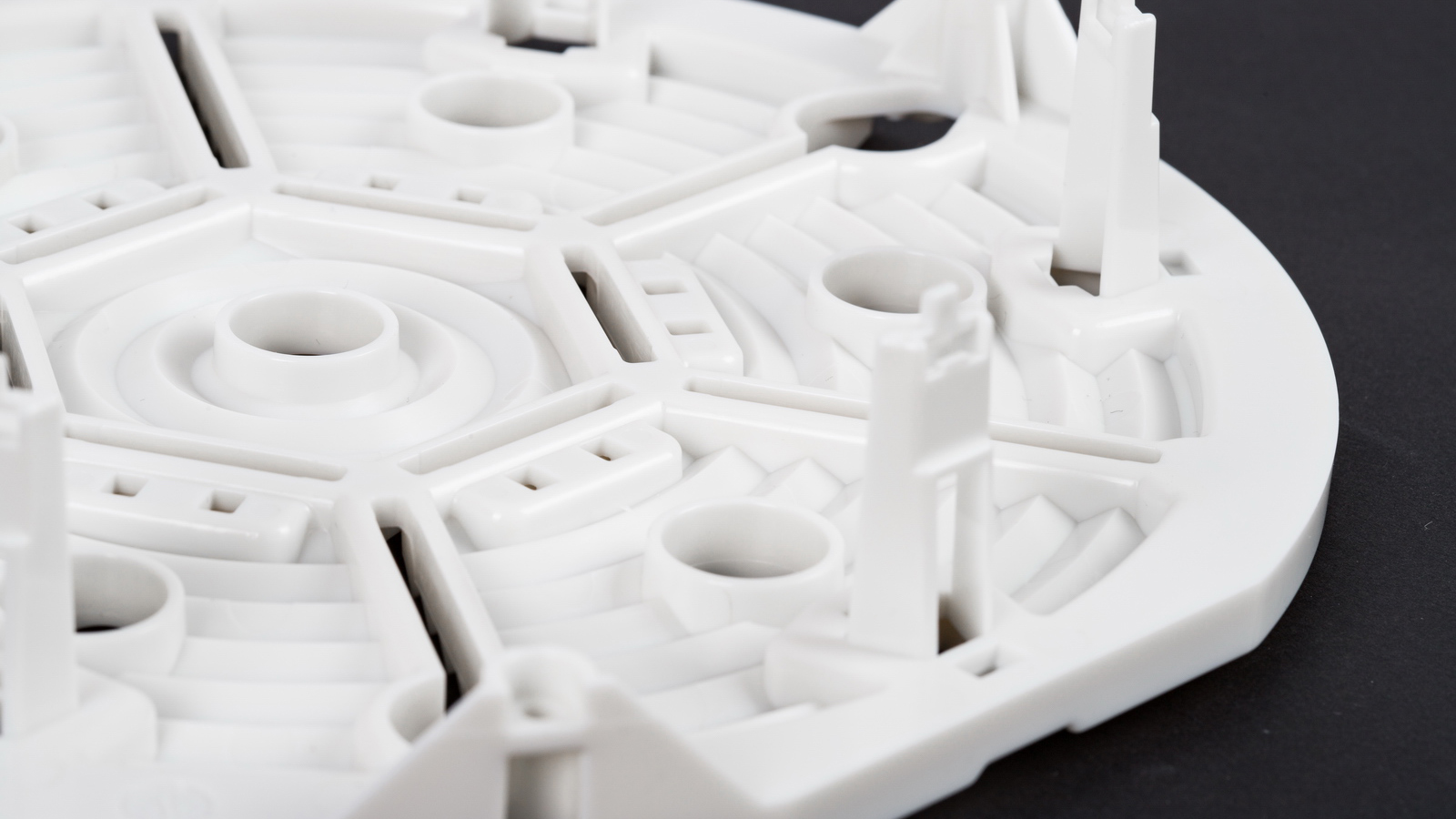










Sheet Metal Prototyping: A Detailed Overview
1. Executive Summary
Sheet Metal Prototyping is the process of creating
physical samples or functional models from sheet metal to validate a product's
design, form, fit, and function before committing to mass production. Unlike
additive (3D printing) or formative (casting) methods, it is a subtractive and formative process. It involves
cutting, bending, and assembling flat sheets of metal into complex
three-dimensional parts. This method is essential for developing enclosures,
brackets, chassis, and countless other components where the final production
part will be made from sheet metal.
2. Core Principle & Key Characteristics
The fundamental
principle is to start with a flat pattern (a 2D representation of the part) and
use a series of controlled deformation and material removal processes to create
the 3D geometry.
Key Characteristics:
3. Primary Manufacturing Processes
Sheet metal
prototyping relies on a sequence of well-defined processes.
1. CAD & Flat Pattern
Development
2. Cutting & Blanking
This is the process of cutting the 2D profile
from a larger metal sheet. Key technologies include:
3. Bending & Forming
4. Joining & Assembly
5. Finishing & Surface
Treatment
4. Key Design for Manufacturing (DFM) Considerations
Successful sheet metal prototyping requires
adherence to specific design rules:
5. Comparison with Other Prototyping Technologies
|
Feature |
Sheet Metal Prototyping |
3D Printing (Metal FDM/SLM) |
CNC Machining (from a block) |
|
Best For |
Thin-walled parts, enclosures, brackets,
chassis. |
Highly complex geometries, internal
channels, organic shapes. |
High-strength, high-precision parts from
solid metal. |
|
Material |
Exact production-grade sheets. |
Metal powders (e.g., AlSi10Mg, SS316L) with
different properties. |
Solid blocks of production-grade metal. |
|
Strength |
Excellent, isotropic (same strength in all
directions). |
Can be good, but may be anisotropic (weaker
in one direction) and porous. |
Excellent, isotropic, fully dense. |
|
Lead Time |
Very fast for initial parts (hours/days). |
Moderate (no tooling, but print time can be
long). |
Fast for simple parts, slower for complex
ones. |
|
Cost |
Low to moderate for suitable
geometries. |
High per-part cost. |
Very high due to material
waste (subtractive process). |
|
Surface Finish |
Smooth, formed surfaces. Stair-step effect
from bending possible. |
Rough, "gritty" surface from
sintered powder. Requires post-processing. |
Machine-smooth finish. |
6. Common Applications
Sheet metal prototyping is ubiquitous across
industries:
Conclusion
Sheet Metal Prototyping is an indispensable
method for developing products that will be mass-produced from sheet metal. It provides
a rapid, cost-effective, and functionally accurate way to iterate designs, test
real-world performance, and de-risk the transition to full-scale production. By
understanding the processes and DFM principles involved, engineers can
effectively leverage this technology to bring robust and reliable products to
market.